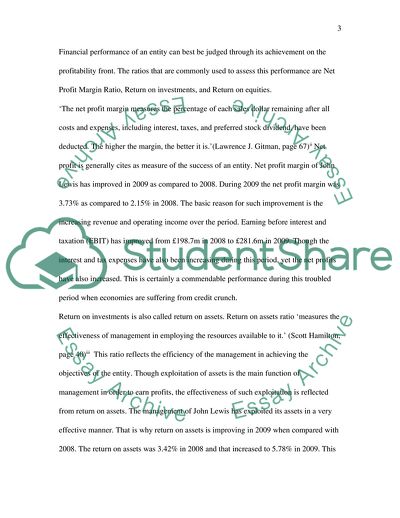Cite this document
(Financial analysis Case Study Example | Topics and Well Written Essays - 2250 words, n.d.)
Financial analysis Case Study Example | Topics and Well Written Essays - 2250 words. https://studentshare.org/finance-accounting/1723260-financial-analysis
Financial analysis Case Study Example | Topics and Well Written Essays - 2250 words. https://studentshare.org/finance-accounting/1723260-financial-analysis
(Financial Analysis Case Study Example | Topics and Well Written Essays - 2250 Words)
Financial Analysis Case Study Example | Topics and Well Written Essays - 2250 Words. https://studentshare.org/finance-accounting/1723260-financial-analysis.
Financial Analysis Case Study Example | Topics and Well Written Essays - 2250 Words. https://studentshare.org/finance-accounting/1723260-financial-analysis.
“Financial Analysis Case Study Example | Topics and Well Written Essays - 2250 Words”. https://studentshare.org/finance-accounting/1723260-financial-analysis.


